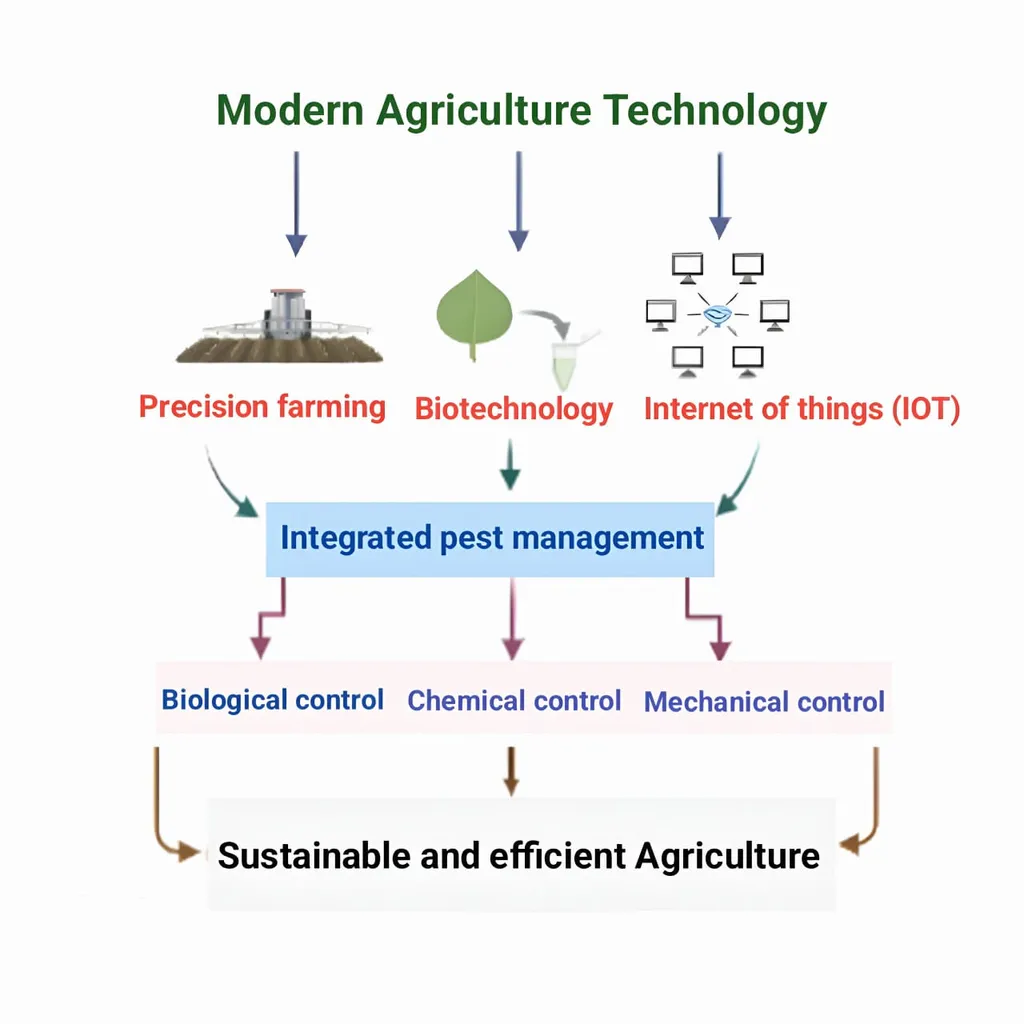In the heart of Bangladesh, researchers are making strides that could revolutionize how we understand and manage soil, with significant implications for the energy sector. Md. Mahmud Sazzad, a civil engineer from the Rajshahi University of Engineering & Technology, has led a study that combines Internet of Things (IoT) technology with advanced machine learning models to predict soil moisture and type in real time. This innovative approach, published in the journal *Scientific Reports* (known in English as “Scientific Reports”), promises to enhance resource efficiency and decision-making in agriculture, geotechnical engineering, and environmental sustainability.
At the core of this research is a novel IoT-based method that uses capacitance measurements to gather data on soil moisture. Traditional methods, such as the oven-dry method, are often time-consuming and labor-intensive. Sazzad’s team developed a custom dataset in the lab, verifying water content using the oven-dry method to ensure accuracy. “By leveraging IoT sensors and machine learning, we can now predict soil moisture with remarkable precision,” Sazzad explains. “This not only saves time but also reduces the need for destructive testing methods.”
The study found that a logarithmic regression equation achieved an impressive 96.49% accuracy in predicting water content. Furthermore, a machine learning model using polynomial regression demonstrated a strong relationship between capacitance and water content, with an R² score of 0.79 and a Mean Absolute Error (MAE) of just 1.71%. This model can predict water content for different soil types, including fine, medium-coarse, and coarse sand.
For classification tasks, the researchers employed a Random Forest classifier, which correctly identified soil types with an accuracy of approximately 97.77%. “The integration of sensor data with advanced algorithms allows for non-destructive and efficient analysis of soil properties,” Sazzad notes. “This method is scalable and can be adapted for various applications, including mobile apps.”
The implications for the energy sector are profound. Accurate soil moisture measurement is crucial for optimizing resource management in agriculture, which in turn affects energy consumption and sustainability. Precision agriculture, enabled by this technology, can lead to more efficient water and fertilizer use, reducing the environmental footprint of farming practices. Additionally, understanding soil properties can inform geotechnical engineering projects, ensuring safer and more cost-effective construction.
Looking ahead, Sazzad envisions further advancements in this field. “Future research will focus on enriching the dataset, incorporating more soil types, and considering environmental factors like temperature and salinity,” he says. “These efforts will enhance the accuracy and applicability of our models, supporting more sustainable agricultural practices and environmental monitoring.”
As the world grapples with climate change and resource scarcity, innovations like Sazzad’s offer a beacon of hope. By combining cutting-edge technology with practical applications, this research paves the way for a more sustainable and efficient future. The study, published in *Scientific Reports*, underscores the potential of IoT and machine learning to transform our understanding of the natural world and drive progress in the energy sector.

